Frequently Asked Questions
1. What are the key components of a pocket knife?
2. What types of pocket knives are available?
3. How do I choose the right pocket knife for my needs?
4. What maintenance is required for a pocket knife?
5. What is the cultural significance of pocket knives?
When it comes to tools that combine functionality, portability, and elegance, few can rival the pocket knife. Whether you are an outdoor enthusiast, a handyman, or simply someone who appreciates fine handmade knives, understanding the various types of pocket knives can greatly enhance your experience. Join us as we dive into the world of pocket knives, exploring different styles, features, and uses.
The Basics of Pocket Knives
Pocket knives are versatile tools that have been around for centuries, and their design has evolved significantly over time. They are typically compact, making them easy to carry and use for a variety of tasks. From simple cutting to complex personal tasks, a pocket knife can serve multiple purposes. But first, let’s explore the primary components of a pocket knife.
Key Components of Pocket Knives
- Blade: The heart of every pocket knife. Blades come in various shapes and sizes, influencing their primary use.
- Handle: The part you grip. Handles can be made of different materials, offering comfort and style.
- Liner Lock: A mechanism that keeps the blade open during use, ensuring safety.
- Pivot Point: The point around which the blade rotates when opening or closing.
Understanding these components will help you appreciate the craftsmanship involved in creating handmade knives and choosing the right one for your needs. But which type should you consider? Let’s break it down.
Types of Pocket Knives
Folding Knives
Folding knives are arguably the most common type of pocket knife. Their design allows the blade to fold into the handle, making them compact and safe to carry.
- Single-Blade Folding Knives: These feature one blade and are ideal for everyday tasks like cutting rope or opening boxes.
- Multi-Blade Folding Knives: Equipped with multiple blades, these knives accommodate various tasks—from slicing to skinning.
The durability and versatility of folding knives make them a popular choice among enthusiasts of handmade knives.
Multi-tools
Multi-tools are pocket knives that come with multiple functions beyond just cutting. They often include features like screwdrivers, pliers, and can openers, making them invaluable for outdoor adventures and emergency kits.
- Versatility: Multi-tools are perfect for campers and hikers who need a variety of tools without adding extra bulk.
- Convenience: These tools consolidate many functionalities in one compact design, enhancing your experience in the field.
Fixed Blade Knives
Unlike folding knives, fixed blade knives do not fold into the handle. They are often more robust and suitable for demanding tasks.
- Stability: Fixed blade knives typically offer greater precision and stability for heavy-duty tasks.
- Durability: Built for ruggedness, they can withstand harsher conditions.
While less portable than folding options, a fixed blade knife is often chosen by outdoor enthusiasts who appreciate the reliability of handmade knives.
Choosing the Right Pocket Knife
Before purchasing a pocket knife, several factors should be taken into account to ensure you find the perfect match for your needs.
Purpose
What do you plan to use your pocket knife for? Identifying its primary purpose is crucial in determining the appropriate type. Are you looking for something for daily tasks, outdoor adventures, or perhaps survival situations? Understanding your requirements will guide your choice.
Blade Material
The material of the blade affects both performance and durability. Common materials include stainless steel, carbon steel, and high-carbon stainless steel. Each type has its pros and cons:
- Stainless Steel: Resistant to corrosion and easy to maintain
- Carbon Steel: Holds an edge longer but requires more upkeep
- High-Carbon Stainless Steel: Offers a blend of both durability and corrosion resistance
Size and Weight
The size and weight of a pocket knife can greatly influence its usability. Consider how often you will carry it and whether you prefer something lightweight or a more heavy-duty option.
Handle Material
The handle material affects both the aesthetics and the grip of the knife. Materials can range from wood and plastic to metal and composites. Comfort and durability are key aspects to consider while selecting a handle material.
Maintaining Your Pocket Knife
Like any tool, pocket knives require proper maintenance to ensure longevity and functionality. Here are some tips to keep in mind:
- Regular Cleaning: After each use, especially in outdoor conditions, clean the blade and handle with a soft cloth.
- Sharpening: Regularly sharpen the blade to maintain its cutting efficiency.
- Lubrication: A drop of oil on the pivot area will keep the knife opening and closing smoothly.
When it comes to handmade knives, proper care can also preserve the unique craftsmanship and aesthetic appeal.
The Culture of Pocket Knives
Beyond functionality, pocket knives carry a sense of tradition and cultural significance. They have often been passed down through generations, becoming family heirlooms. It’s not just a tool but a symbol of trust, craftsmanship, and nostalgia.
Collecting Pocket Knives
For some, collecting pocket knives is a hobby that brings immeasurable joy. Various factors—age, rarity, brand, and even material—can affect a knife’s value. Some collectors focus on handmade knives, seeking pieces that showcase impeccable craftsmanship.
Custom vs. Factory-Made Knives
While factory-made knives offer affordability and consistency, custom and handmade knives provide uniqueness and a personal touch. Many enthusiasts prefer handmade pieces for their intricate details and strong connection to the maker.
Wrapping It Up with a Slice of Adventure
Understanding different types of pocket knives is essential for anyone looking to make an informed purchase or truly appreciate the craft behind them. With a vast range of designs, materials, and functionalities available, there is undoubtedly a pocket knife that fits your specific needs. Whether you opt for a versatile multi-tool, a sleek folding knife, or a robust fixed blade, investing in a quality pocket knife will elevate your outdoor adventures and daily tasks alike. Remember, the right knife isn't just a tool; it’s a companion that can enrich your experiences and hopefully become a cherished part of your lifestyle.






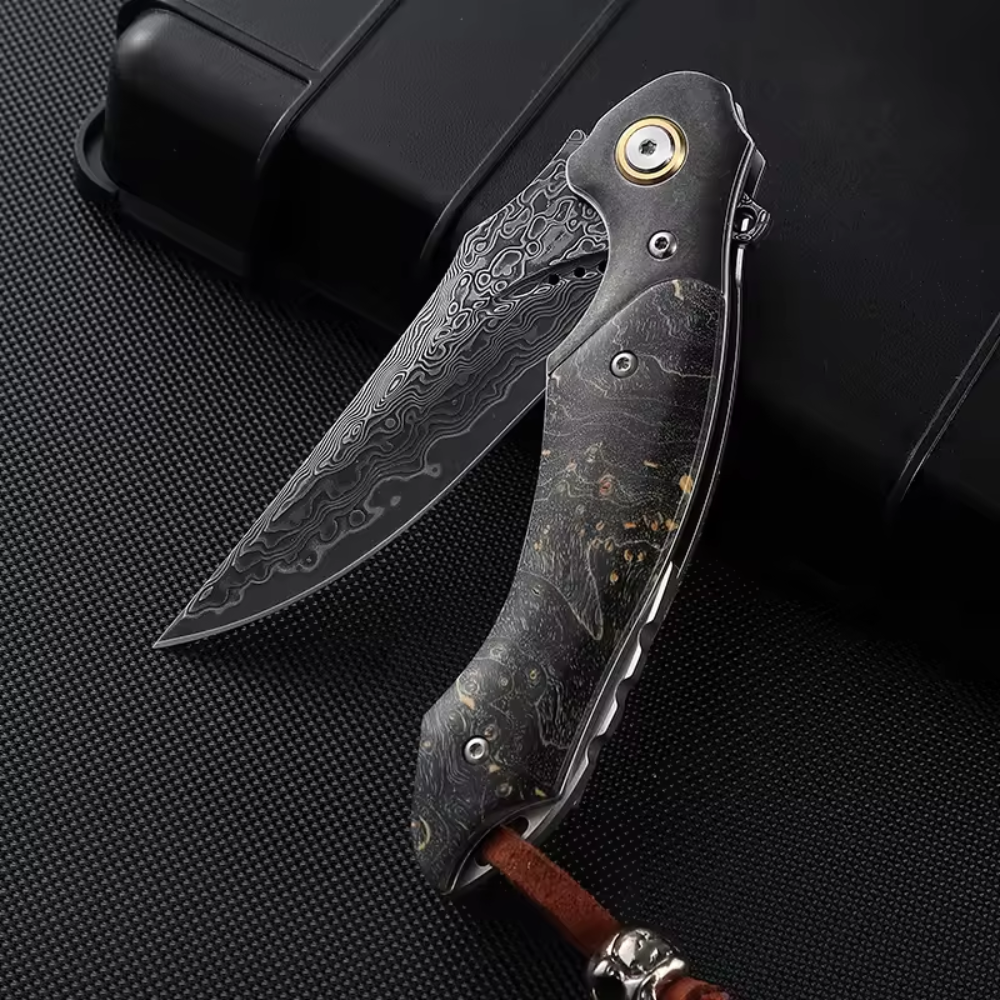
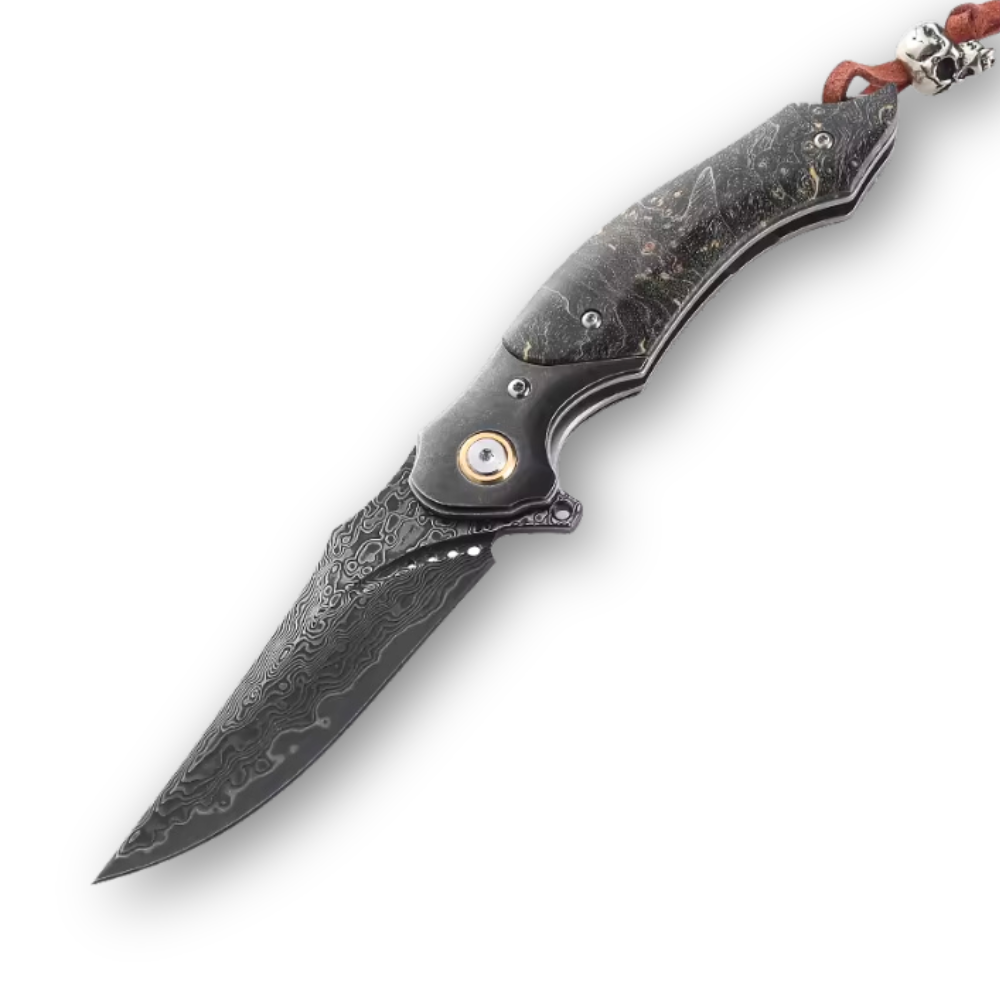
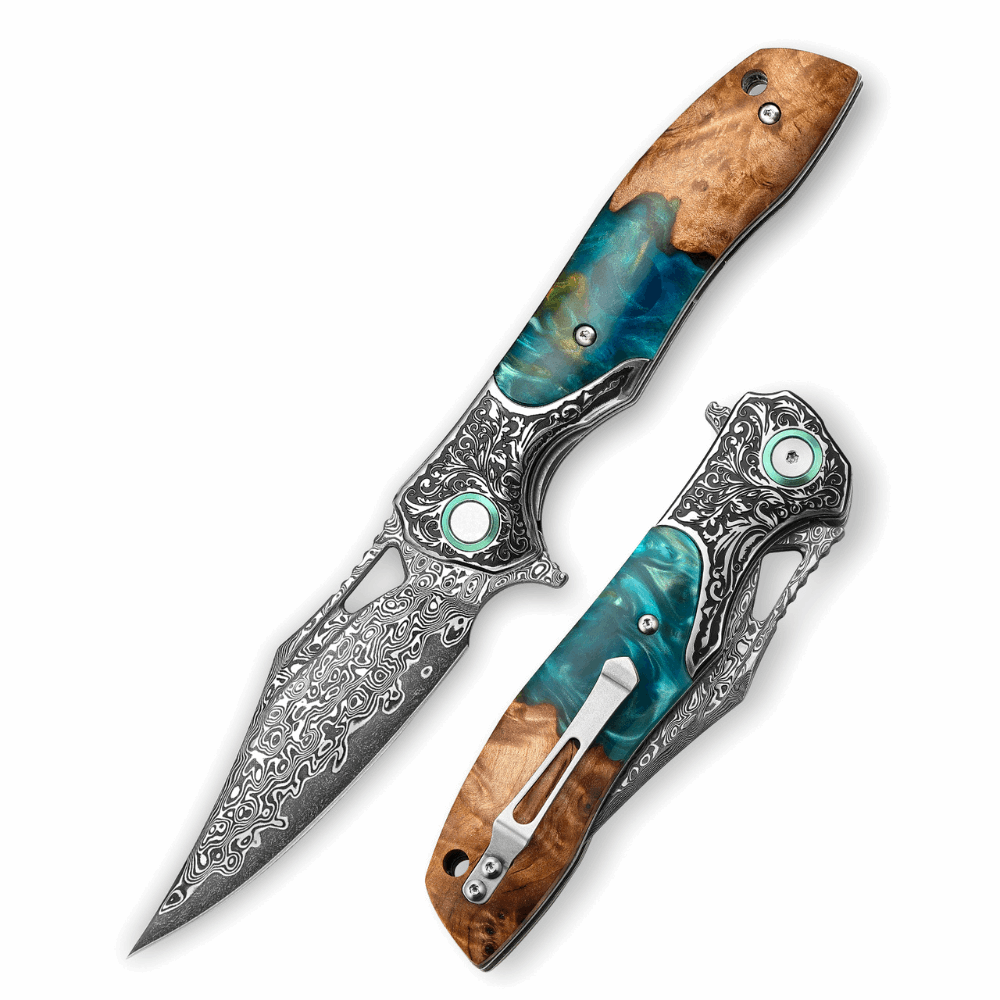
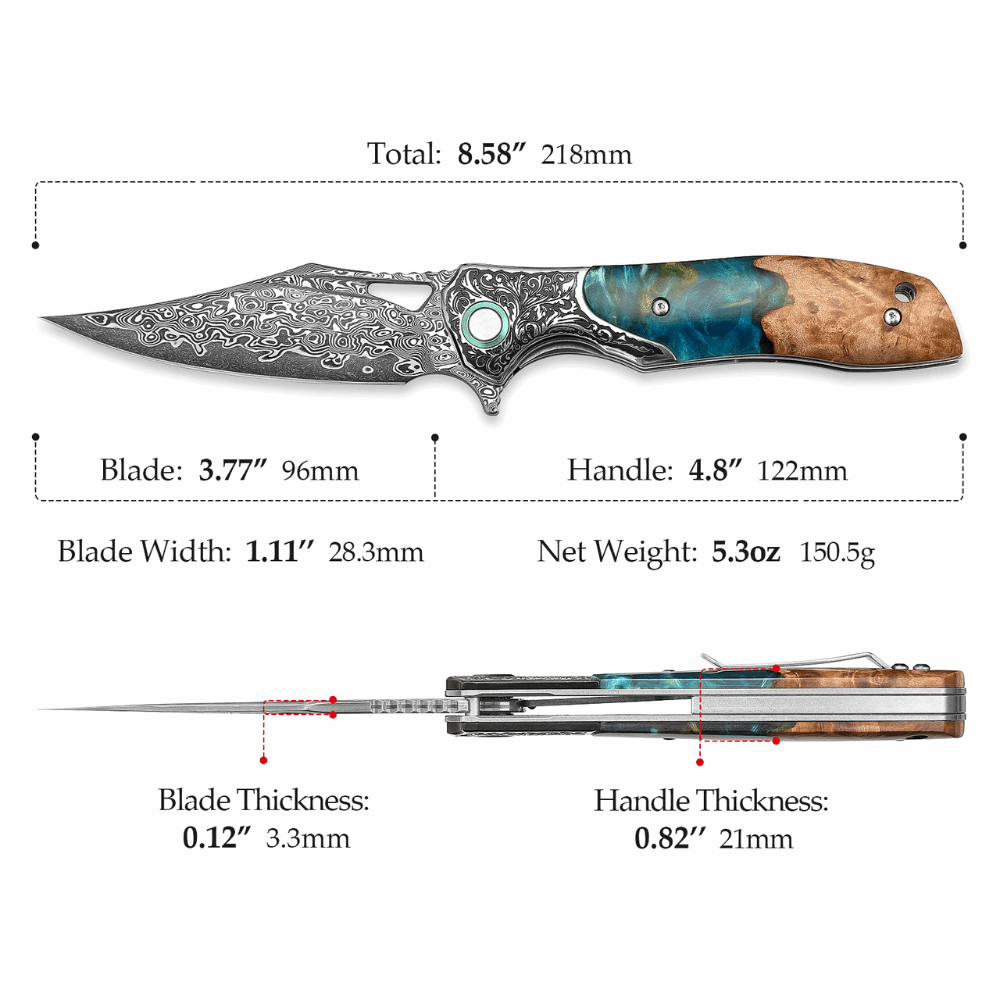
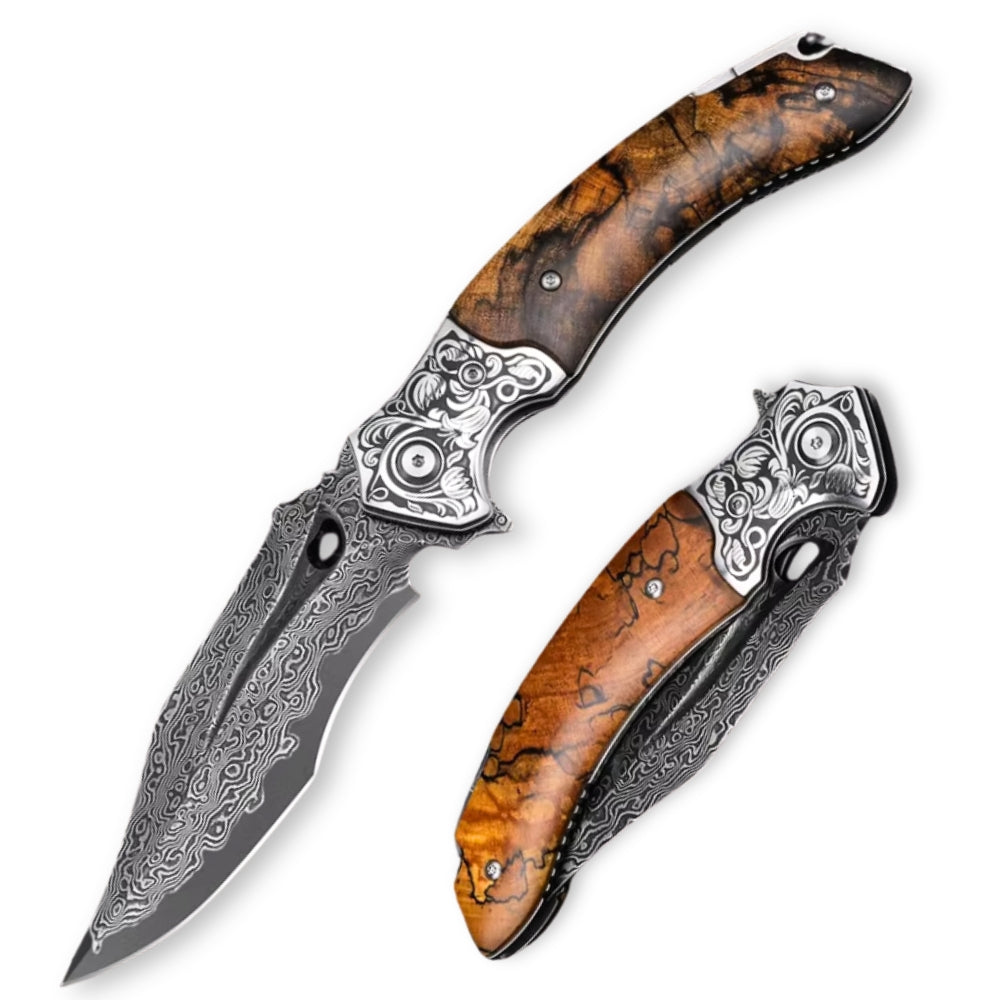
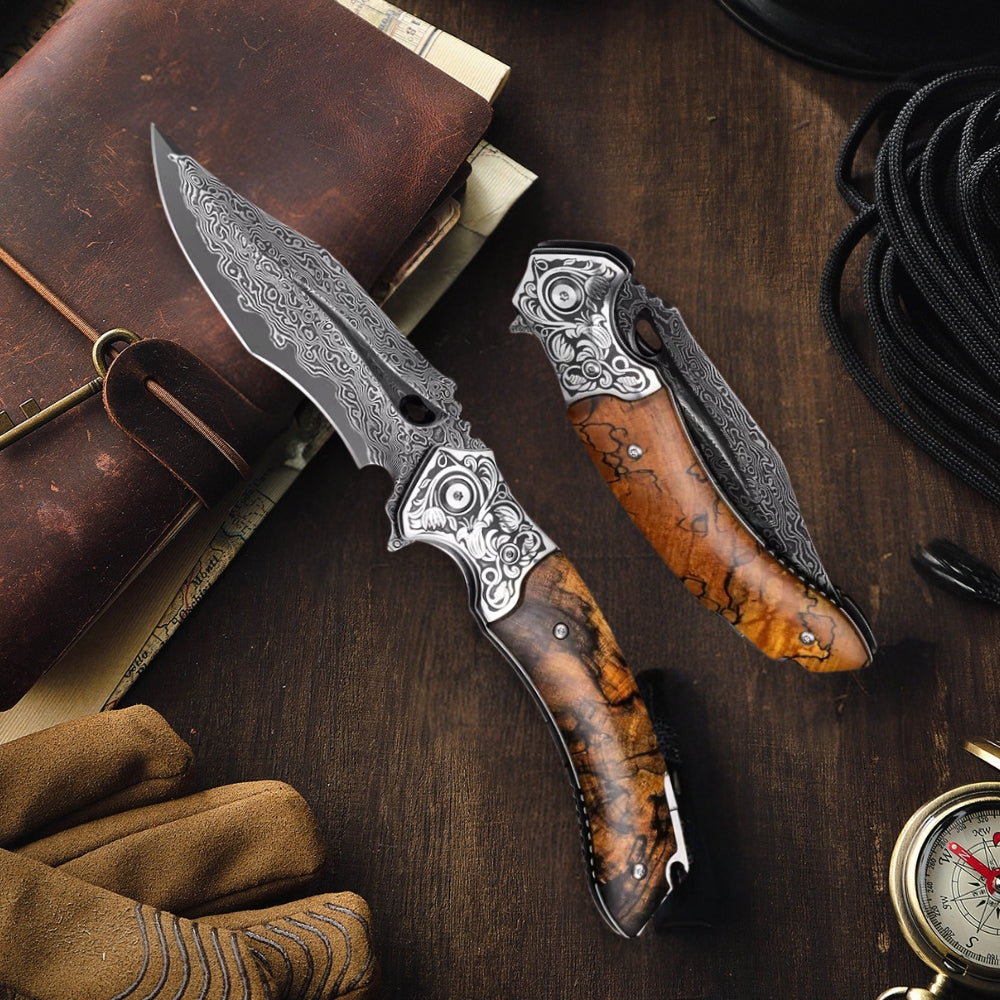
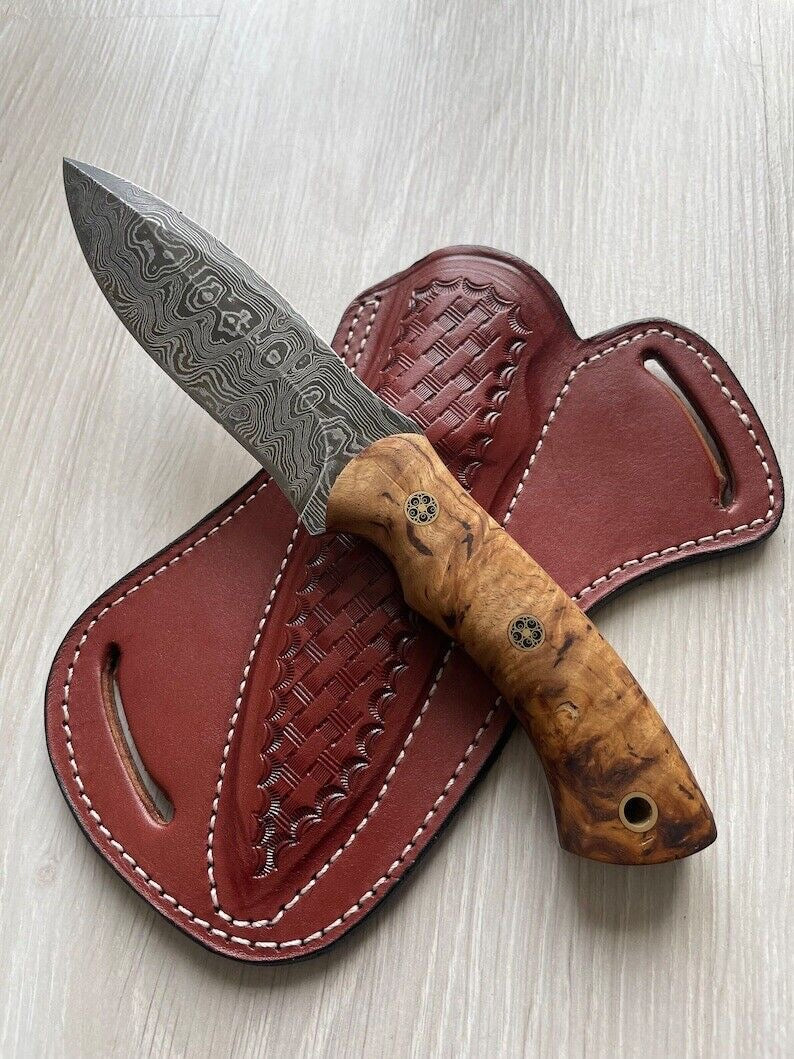
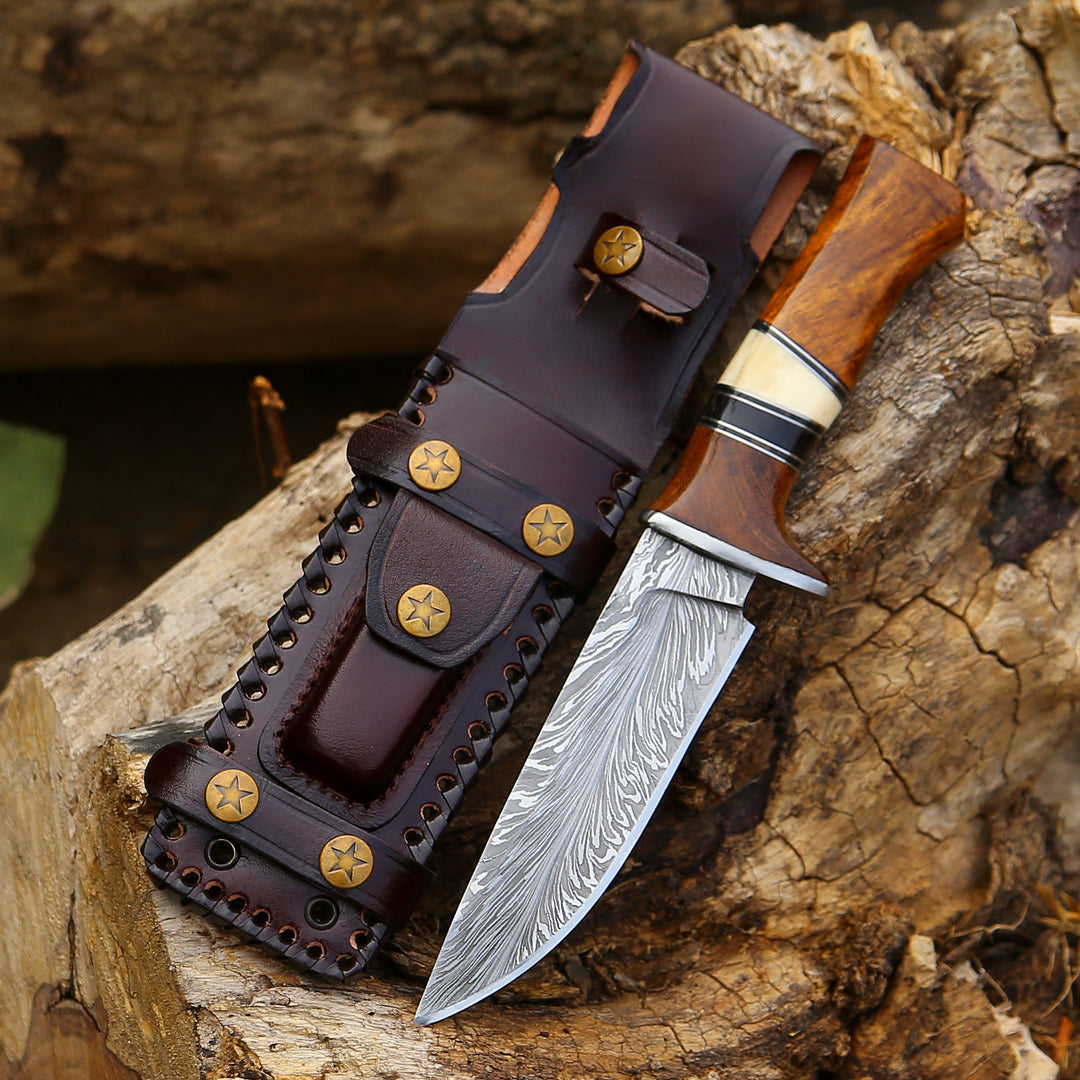
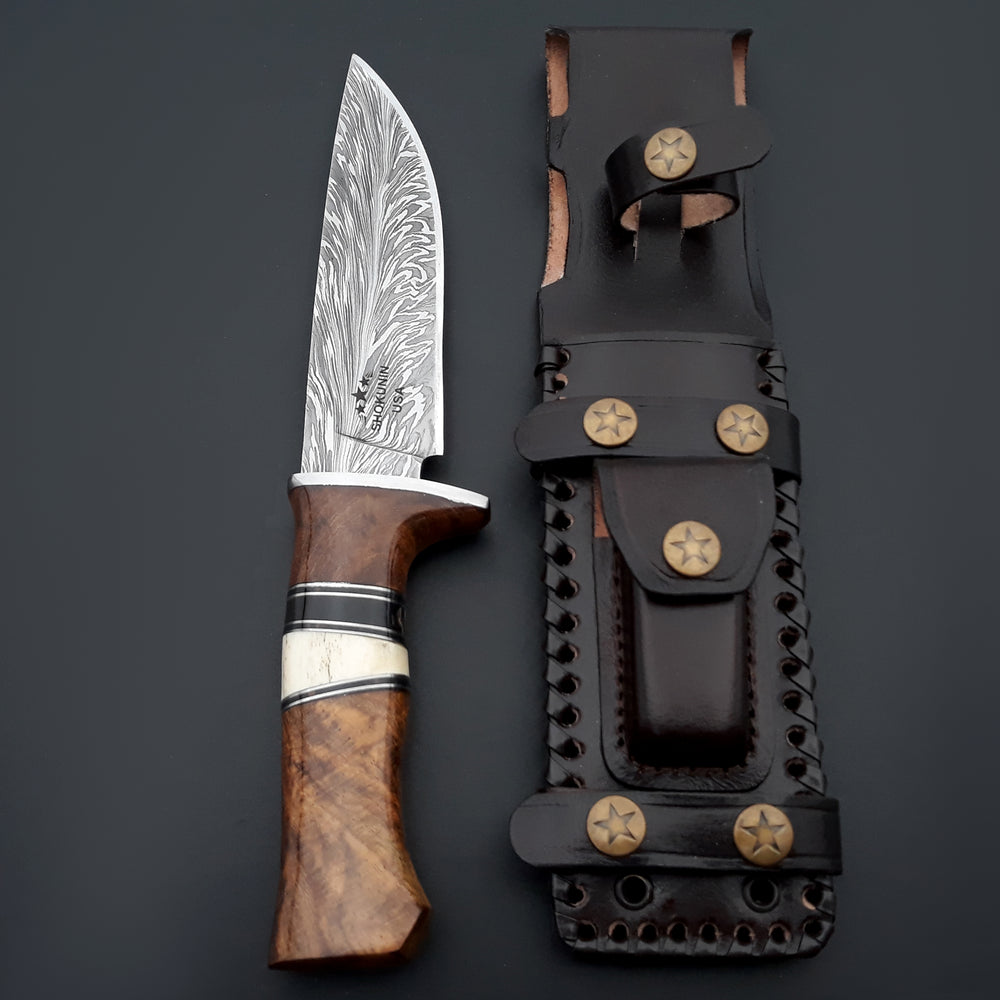
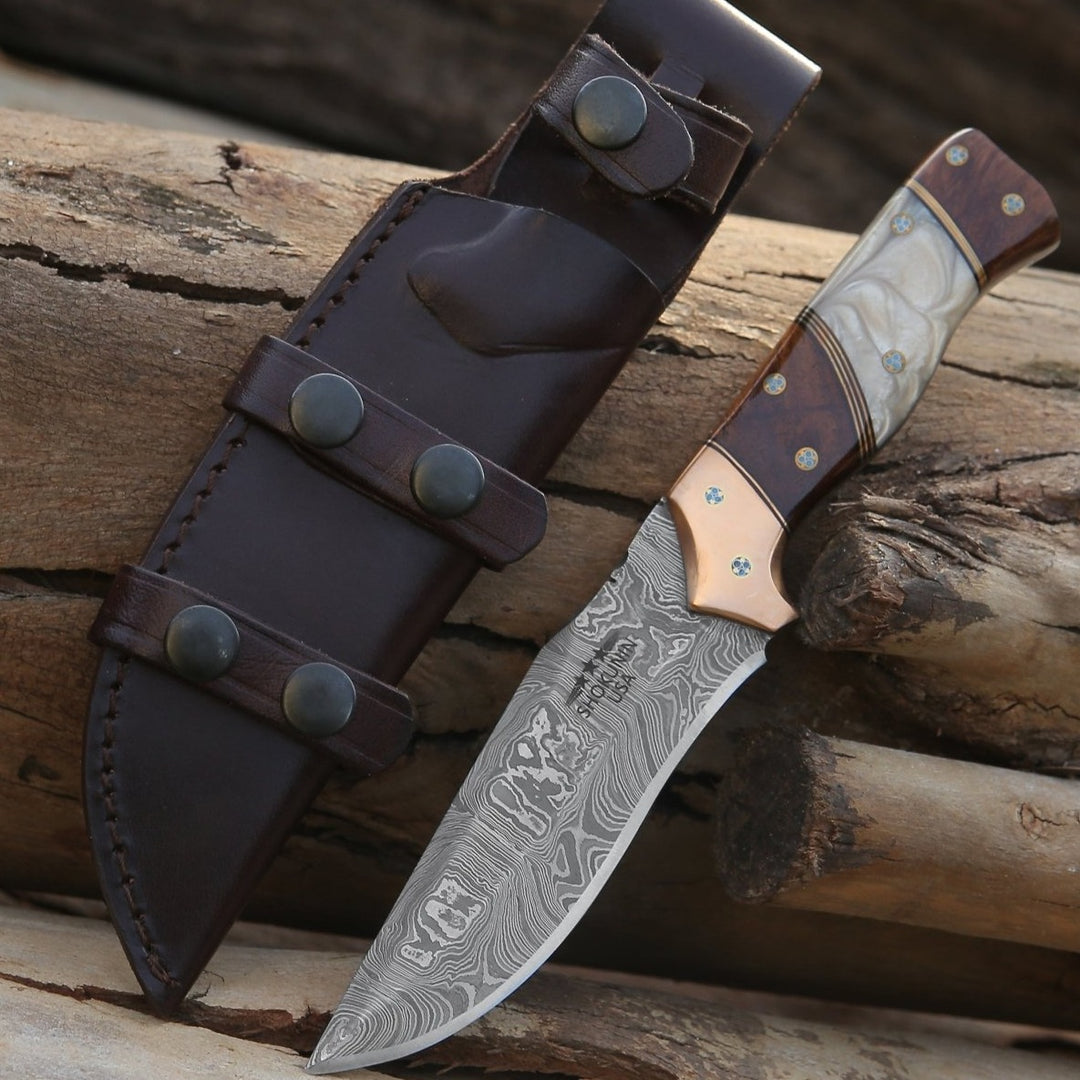
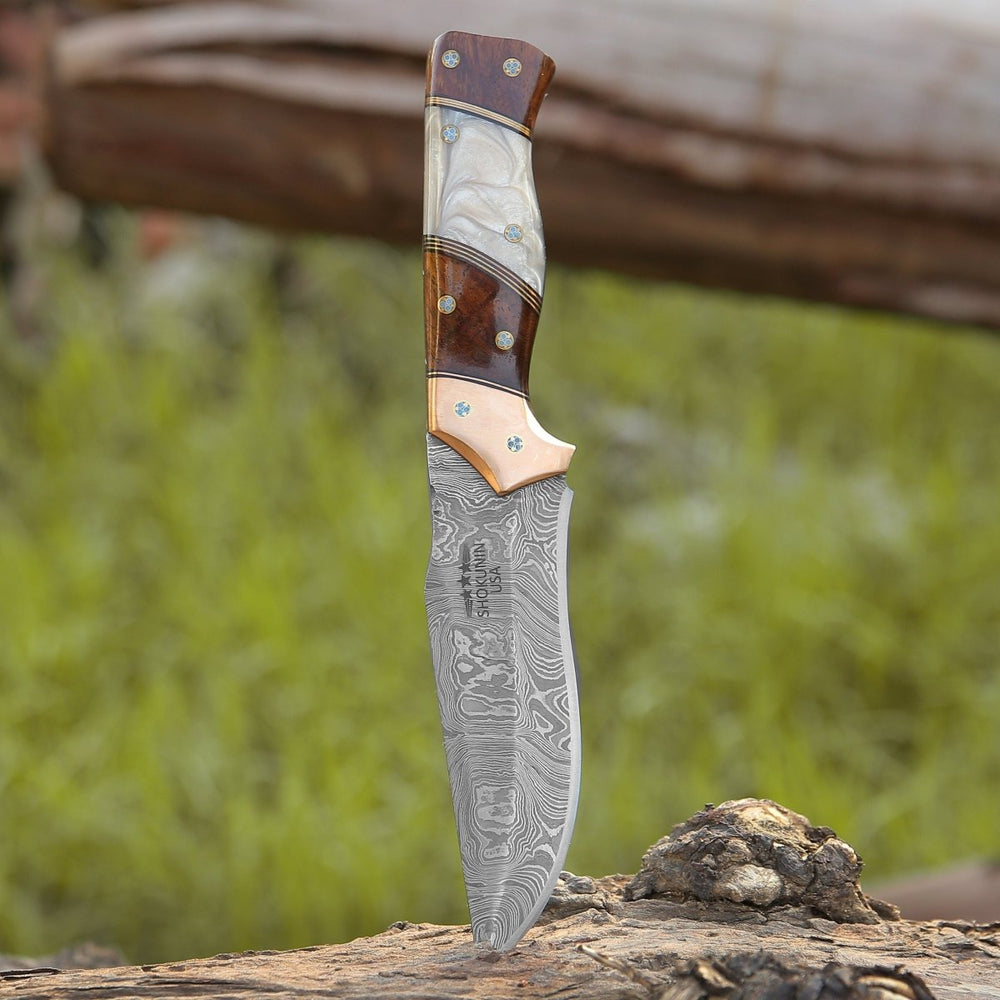
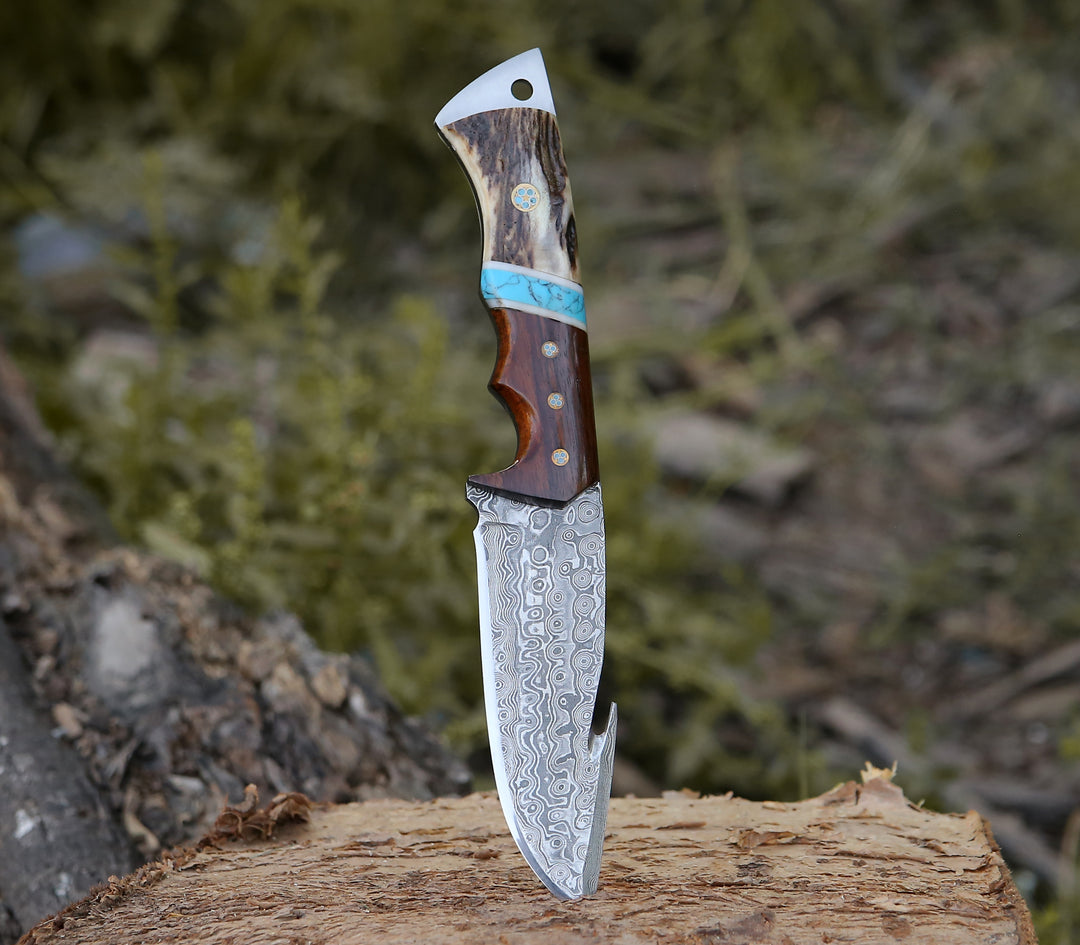
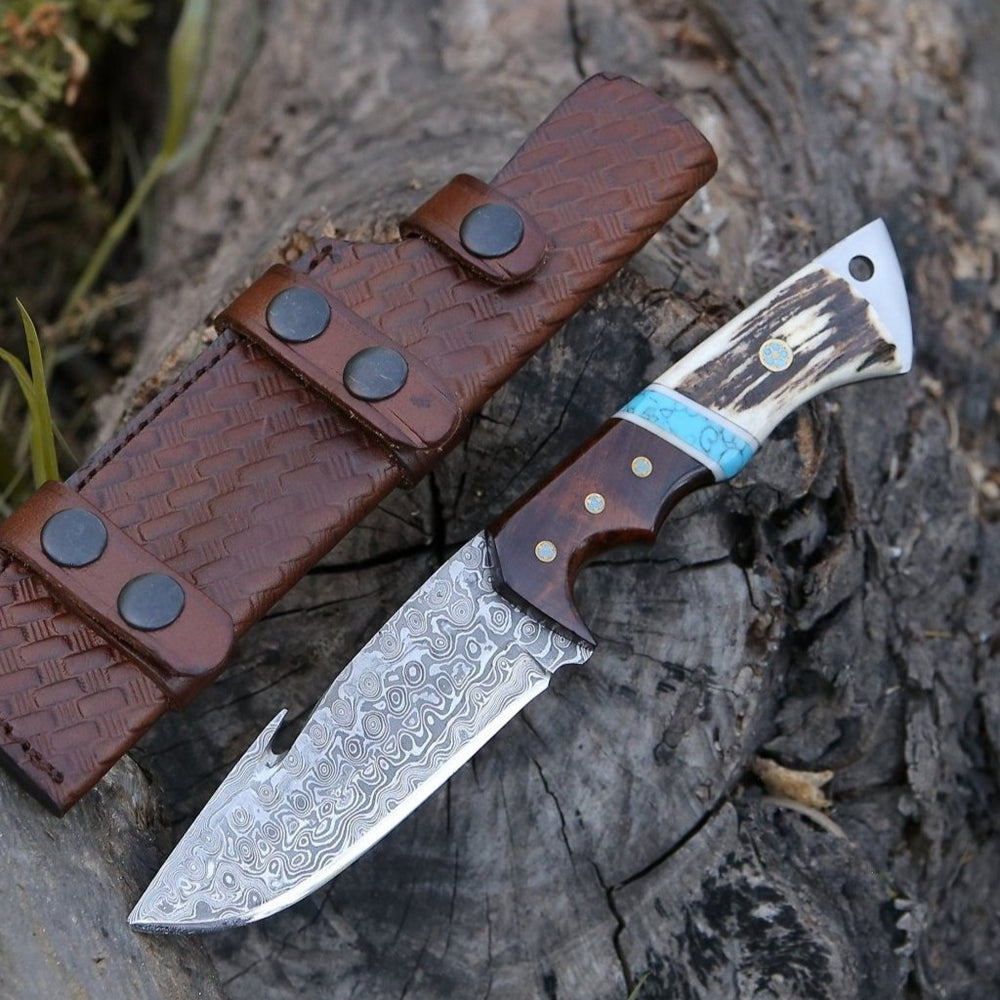
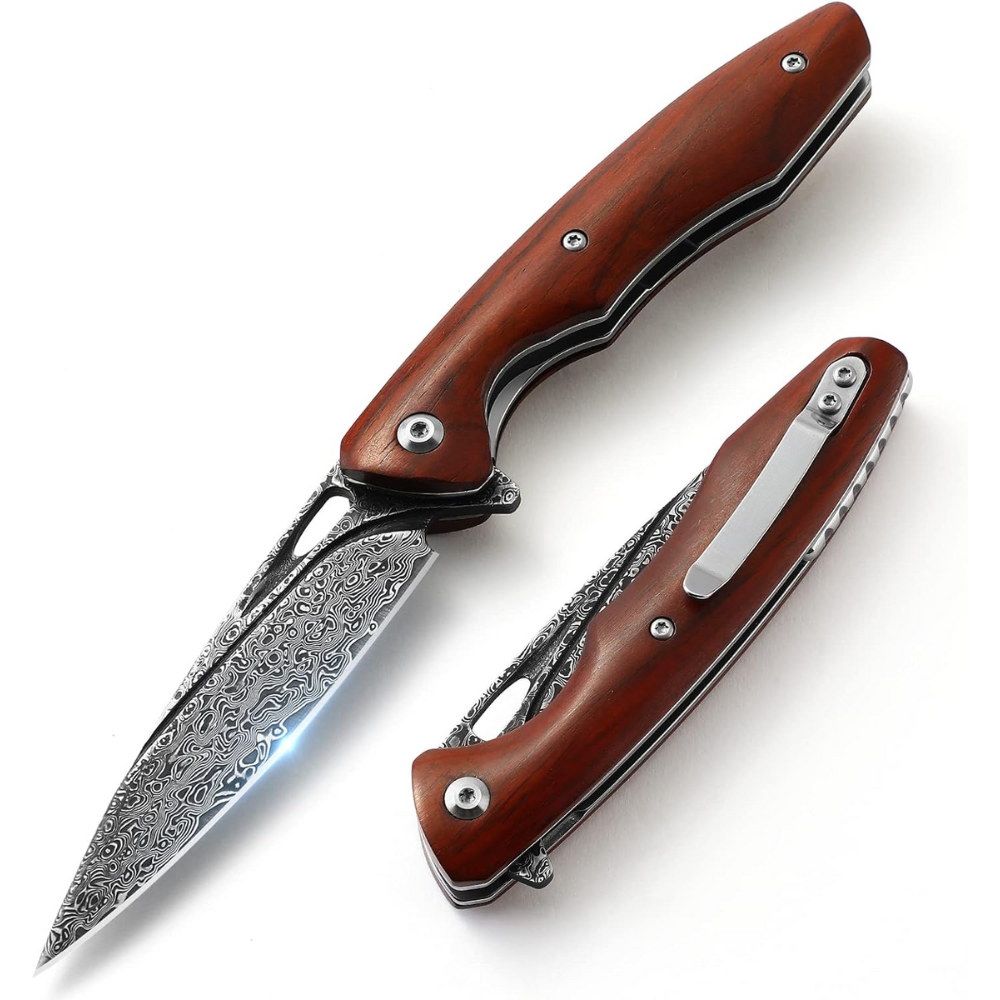
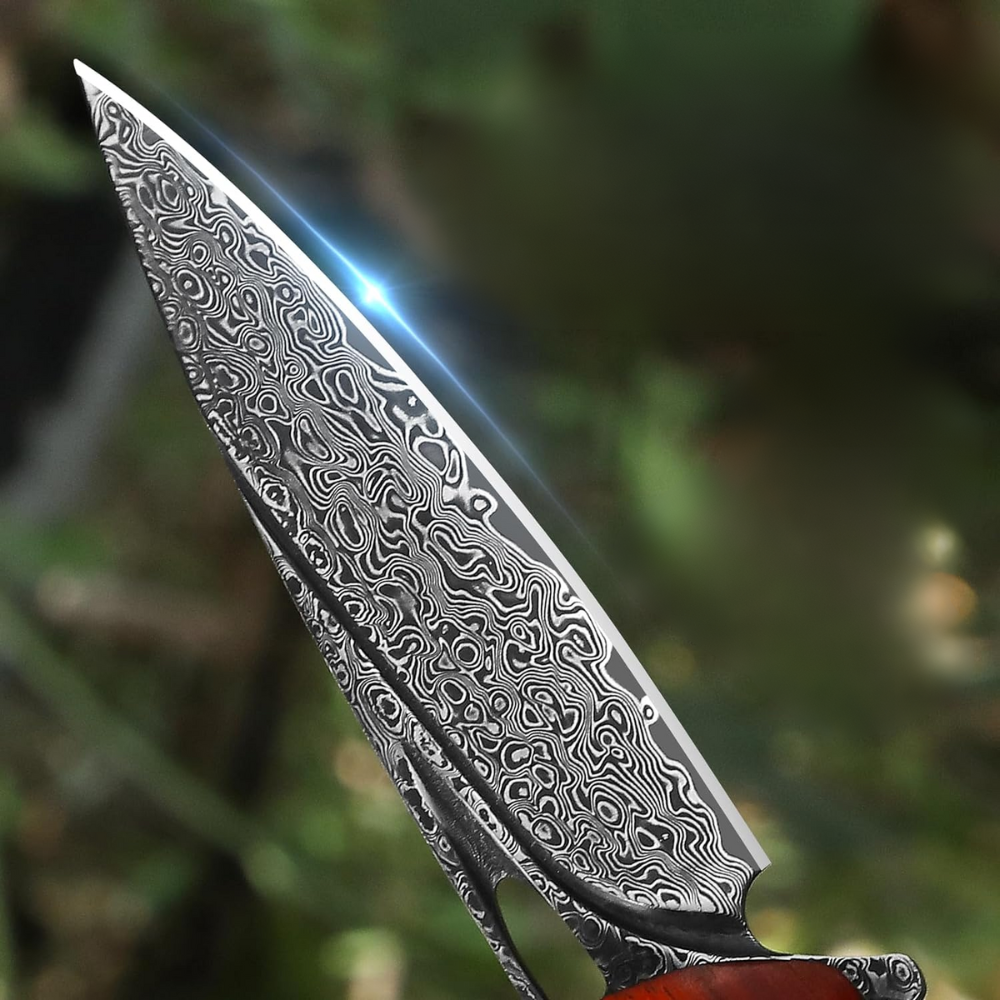

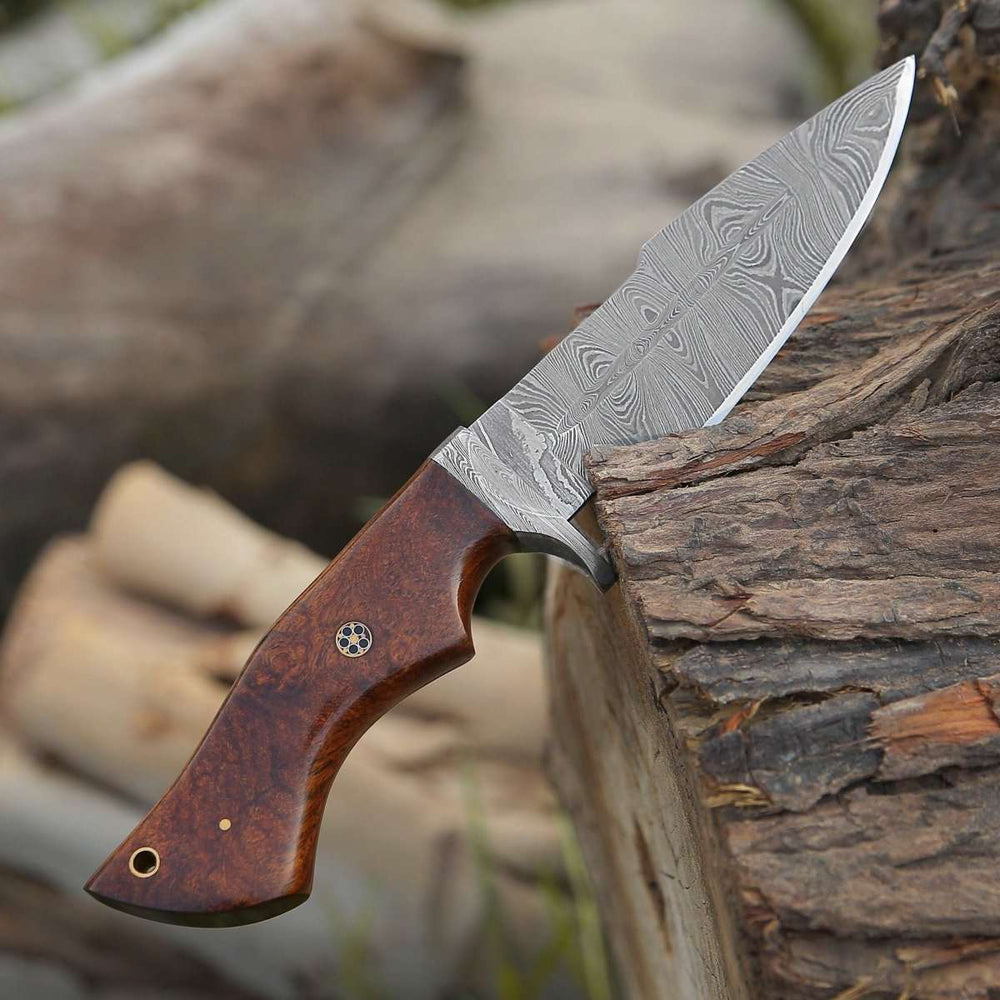
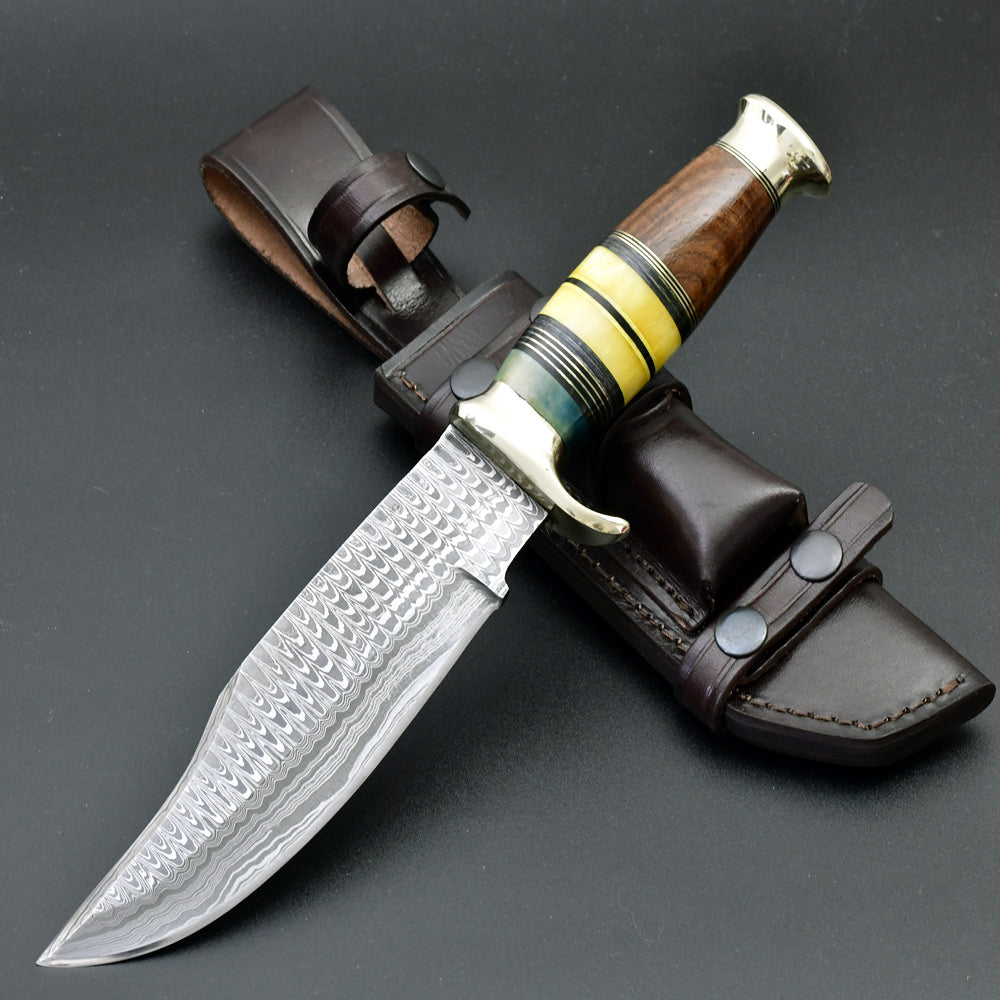
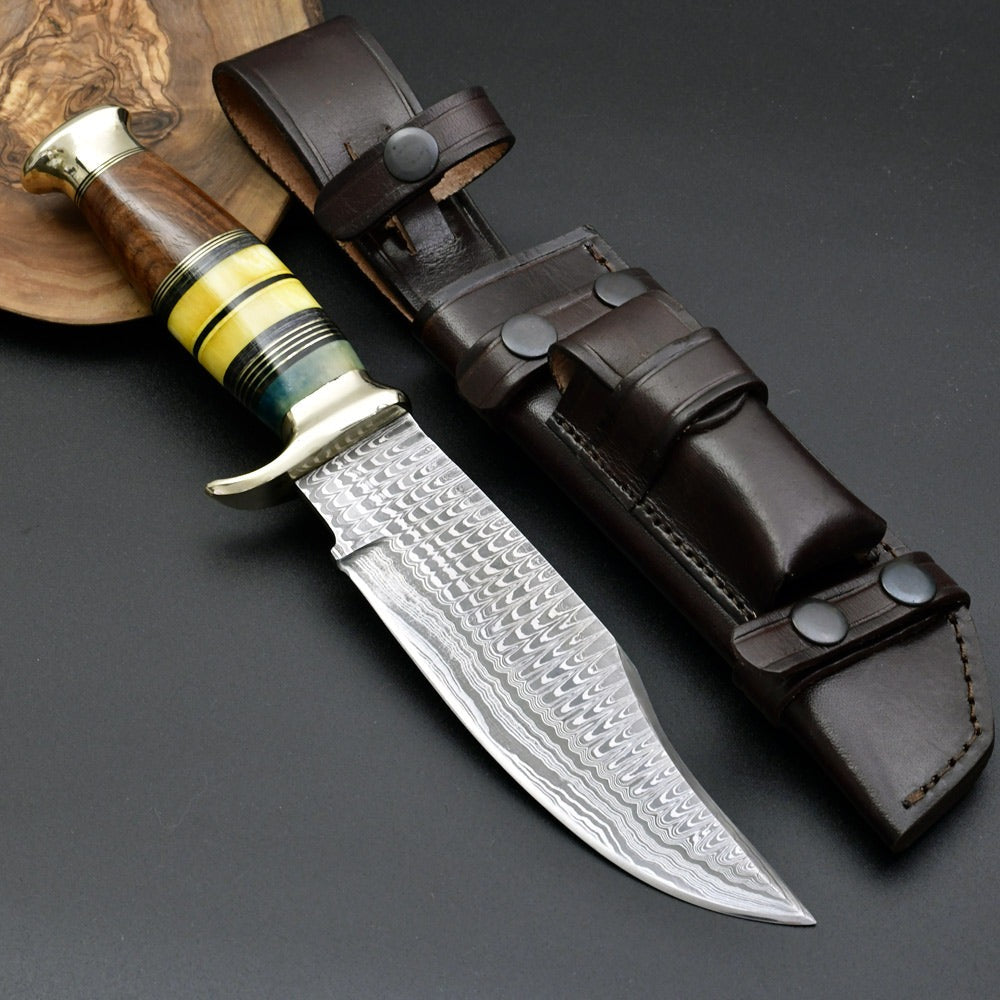

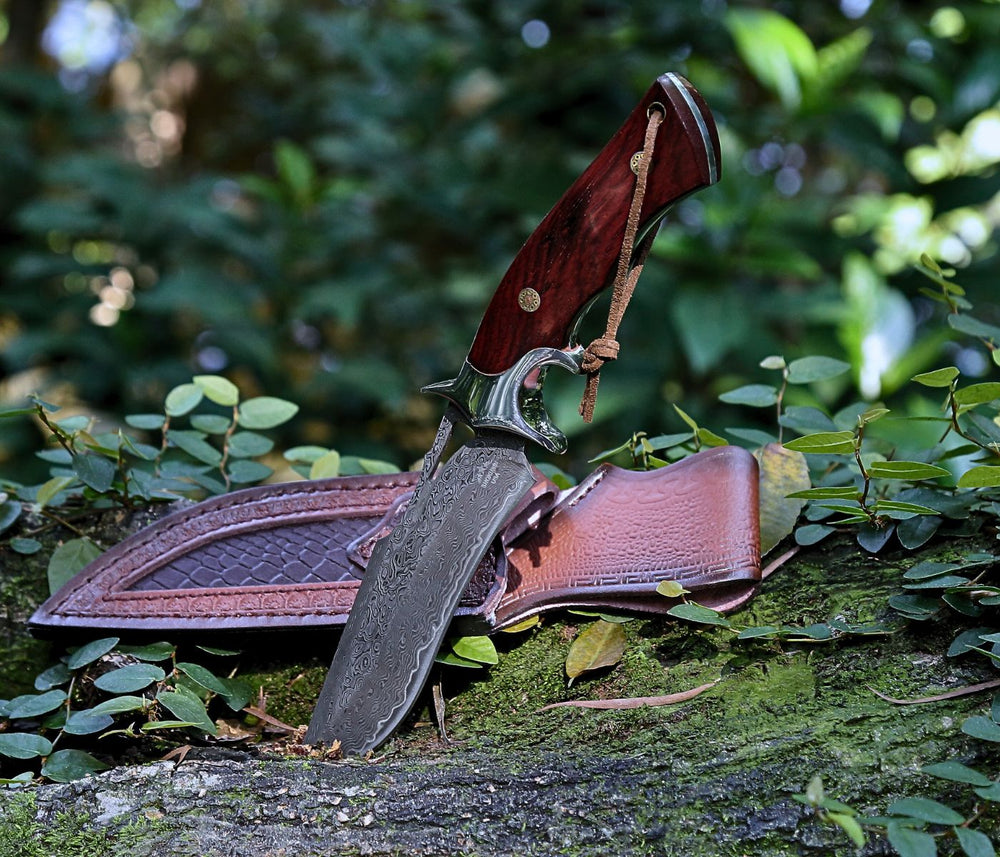
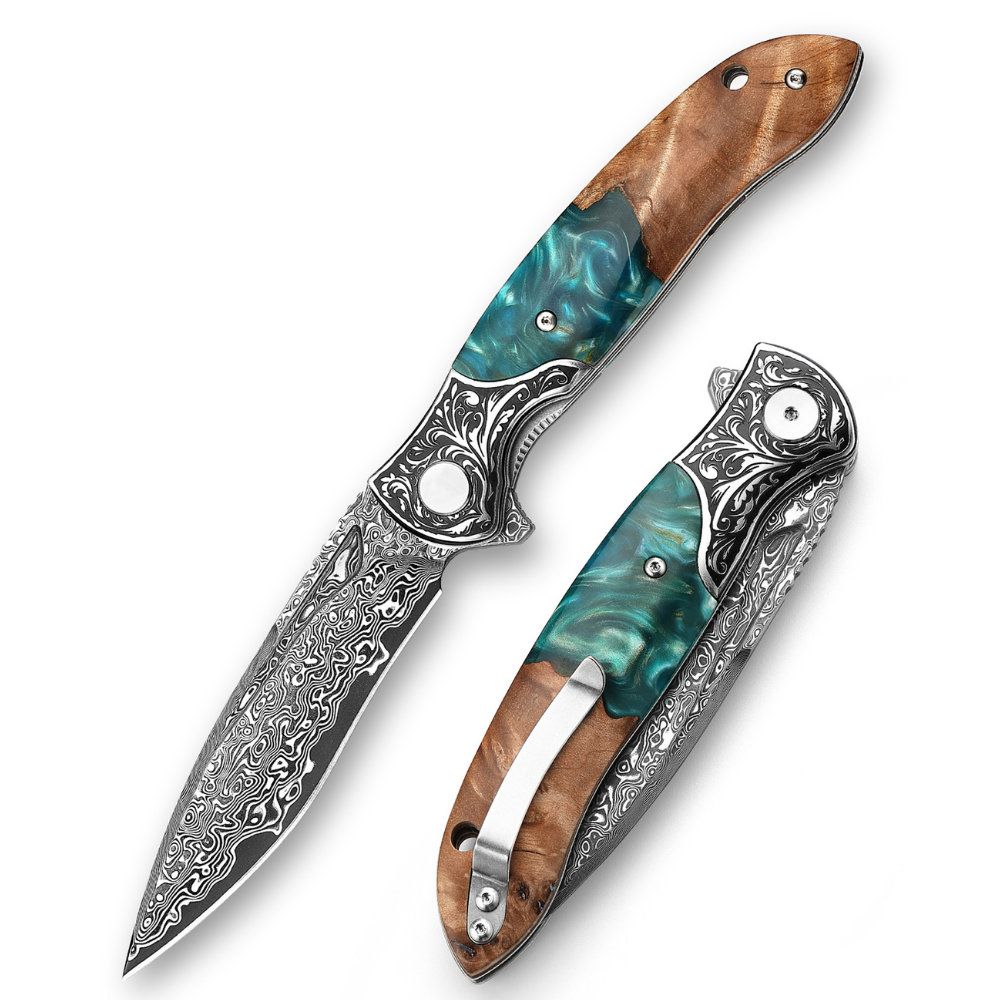
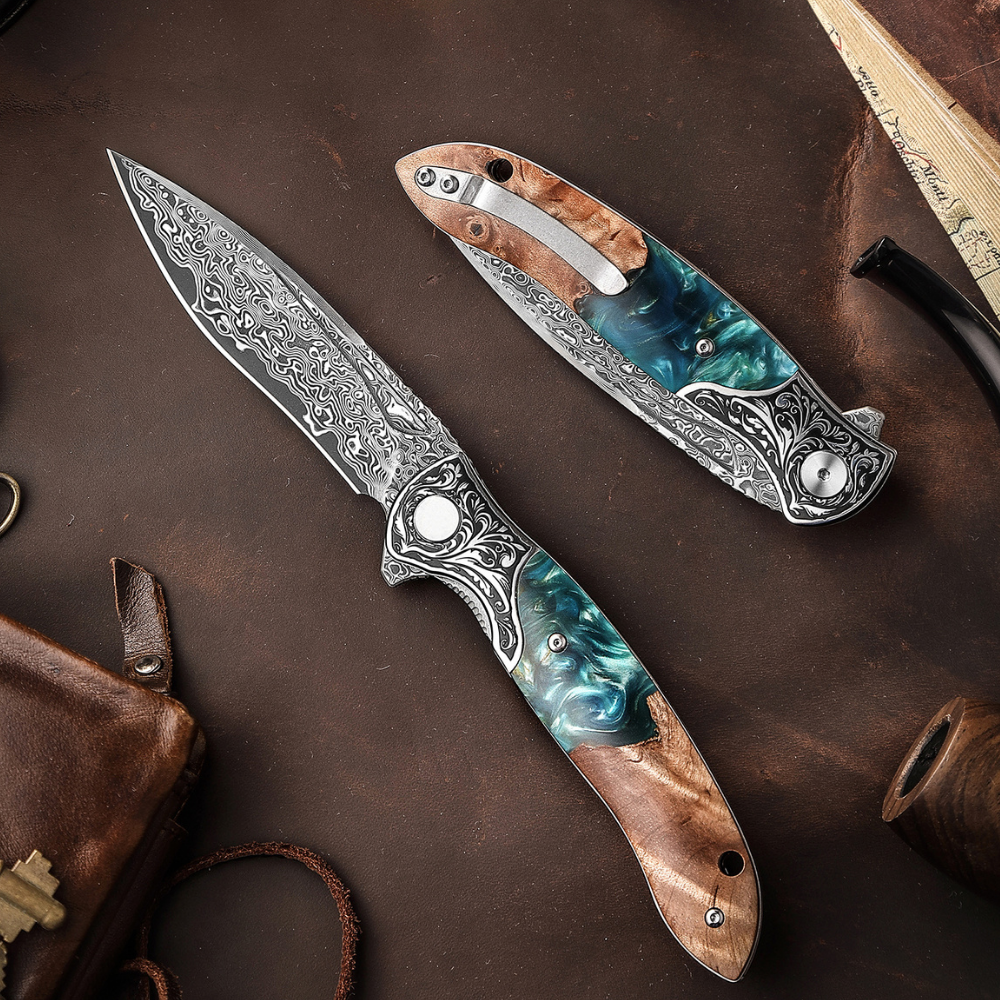
Leave a comment